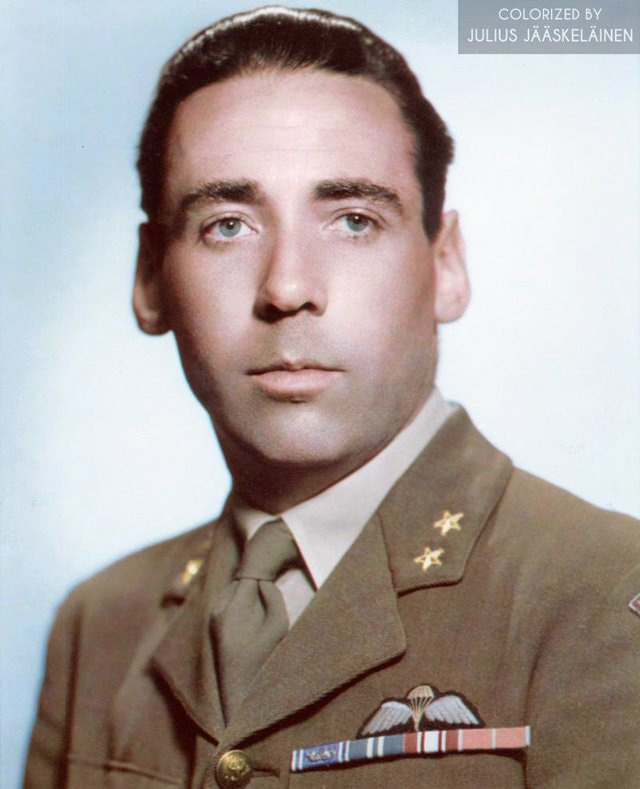First created in December of 2017, this post – now updated – illustrating Walter Lord’s Day of Infamy has now been updated to include a portrait of the author (actually, John Walter Lord, Junior) – from the book’s cover, as well as the book’s interior/cover maps of Ford Island and, the Pacific Ocean route of Japan’s Pearl Harbor attack force. I’ve also included the descriptive blurb from the book’s cover, and, quotes from book reviews also carried within the cover.
Though intended as popular literature, I t h i n k (?) that this book was the first serious study of the attack on Pearl Harbor prior to the publication of Gordon W. Prange’s At Dawn We Slept in 1981.

 DAY OF INFAMY
DAY OF INFAMY
By Walter Lord
Illustrated with Photographs
Sunday, December 7, 1941 – a day no one will ever forget – the day the Japanese attacked Pearl Harbor. Now, a book has been written that does full justice to the epic events of that incredible day.
In DAY OF INFAMY Walter Lord traces, in brilliant detail, the human drama of the attack: the spies behind it; the pilots on the Japanese aircraft carriers; the crews on the stricken warships; the men at the airfields and bases; the Japanese pilot who captured an island single-handedly when he could not get back to his carrier; the generals, the sailors, the housewives and children responding to the attack with anger, numbness, and magnificent courage.
DAY OF INFAMY is an inspiring human document, a thrilling account of how it is to live through history. It is certain to be one of the most popular, important, and lasting books of our time.
________________________________________
DAY OF INFAMY combines the careful scholarship and deep understanding of human nature that led to such comments as the following concerning Mr. Lord’s book, A Night to Remember:
“…a magnificent job of re-creative chronicling, enthralling from the first word to the last.” The Atlantic
“The quality of Mr. Lord’s work seems all the more remarkable when one reflects on the fact that he has invented nothing, not even a single conversation.” The Wall Street Journal
“…breathlessly exciting…with a suspense, a drive and a compelling reality which make it endlessly fascinating as well as brilliantly informative.” Boston Herald
“…a panorama of many individuals, introduced to the reader by name, and of their briefly told acts, reactions and words. The result, almost to the reader’s surprise, is a mosaic picture, clear in form and in the sense of movement and direction. It took skill to do this…his timing is sure and the unity and continuity are never lost.” Baltimore Evening Sun
“…the rarest of reader experiences – a book whose total effect is greater than the sum of its parts.” The New York Times Book Review

 ________________________________________
________________________________________
Rear cover…
 Walter Lord brings to this story of December 7, 1941, the same restless search for truth – the same devotion to facts – that made A Night to Remember, his best-selling account of the Titanic, one of the truly memorable books of the decade.
Walter Lord brings to this story of December 7, 1941, the same restless search for truth – the same devotion to facts – that made A Night to Remember, his best-selling account of the Titanic, one of the truly memorable books of the decade.
In piecing together the saga of Pearl Harbor, Mr. Lord has traveled over 14,000 miles, has talked and corresponded with 577 of the people who were there. He has obtained exclusive interviews with members of the Japanese attacking force. He has spent hundreds of hours with the Americans who received the blow – not just the admirals and generals, but the enlisted men, the housewives, the children too. He has spent weeks in Hawaii, going over each of the bases attacked. He has pored over maps, charts, letters, diaries, official files, newspapers, and some 25,000 pages of testimony.
Mr. Lord’s meticulous research has uncovered many facts about that famous day that have never been known before. The events and characters are presented in a new light – with detachment and restraint. Stripped of legend, the human drama of Pearl Harbor is not a story of military defeat, but one of the truly great epics of American history.
________________________________________
Photograph of Walter Lord from the book’s rear cover. This is the same image which, in appreciably cropped form, appears in the Wikipedia entry for Lord. The map before him appears to show Oahu.











